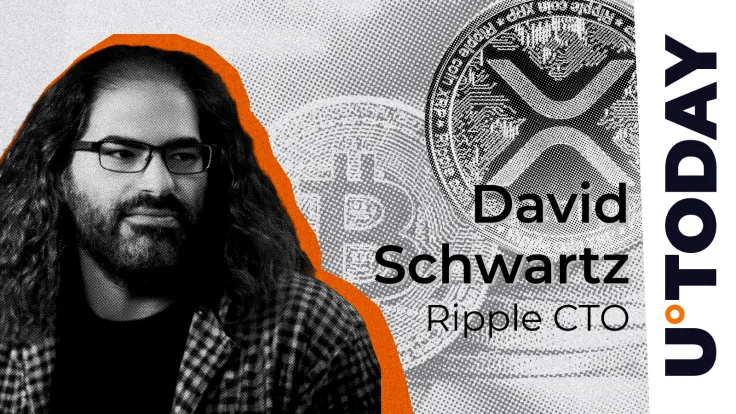
Disclaimer: The opinions expressed by our writers are their own and do not represent the views of U.Today. The financial and market information provided on U.Today is intended for informational purposes only. U.Today is not liable for any financial losses incurred while trading cryptocurrencies. Conduct your own research by contacting financial experts before making any investment decisions. We believe that all content is accurate as of the date of publication, but certain offers mentioned may no longer be available.
Ripple CTO, David Schwartz, recently shed light on one of the fundamental distinctions between XRP and Bitcoin.
Schwartz, in response to an X post, highlighted the main difference between XRP and Bitcoin supply dynamics. He stated, "The main difference in their supply is that, measured in common units (which is the only sensible way to measure two things you plan to compare), there is a lot more bitcoin than XRP." Schwartz went on to say that the "only reason you get a smaller number of BTC is because BTC is a larger unit of value than XRP."
The Ripple CTO went on to clarify these in a series of responses on X, aiming to address misconceptions in Bitcoin and XRP dynamics as well as value. At the time of writing, Bitcoin was trading at $95,643, while XRP went for $2.59.
The Ripple CTO acknowledges that there are similarities and differences between XRP and Bitcoin but believes that a supply comparison between both crypto assets might be misleading.
XRP has a maximum supply of 100 billion, while Bitcoin has a pegged supply of 21 million coins. Bitcoin's total supply currently stands at 19.82 million BTC, according to CoinMarketCap data; that of XRP stands at 99.87 billion XRP.
At current prices, the supply of Bitcoin remains higher than XRP in dollar terms. Schwartz added: "Measuring in dollars, the supply of Bitcoin is greater than XRP. There is no meaningful sense in which Bitcoin is scarcer than XRP."
How it all started
In early 2011, three developers — David Schwartz, Jed McCaleb and Arthur Britto — were fascinated with Bitcoin but observed the waste inherent in mining.
In the same 2011, they began developing the XRP Ledger (XRPL) to create a better version that improved on its limitations — creating a digital asset that was more sustainable and developed exclusively for payments.
The XRP Ledger was first launched in June 2012. Bitcoin came into existence years before this time. Satoshi Nakamoto, the pseudonymous creator of Bitcoin, released the whitepaper in 2008 before launching the network in 2009.
On Jan. 3, 2009, the Bitcoin network came into existence, with Satoshi Nakamoto mining the genesis block of Bitcoin (block number 0), which had a reward of 50 Bitcoins.


 Dan Burgin
Dan Burgin Vladislav Sopov
Vladislav Sopov U.Today Editorial Team
U.Today Editorial Team